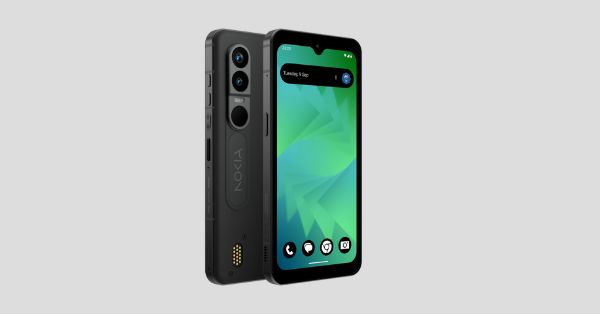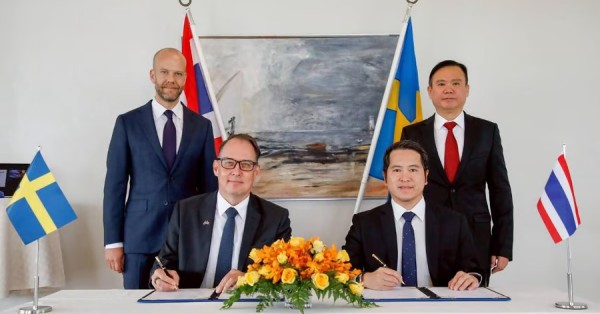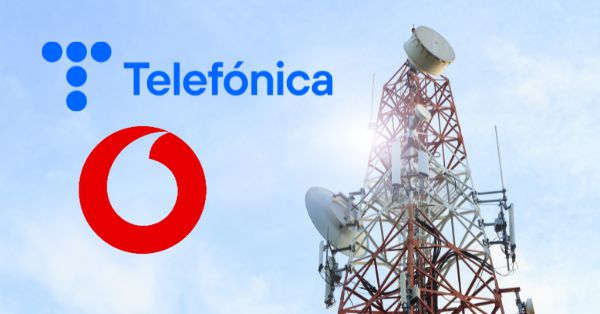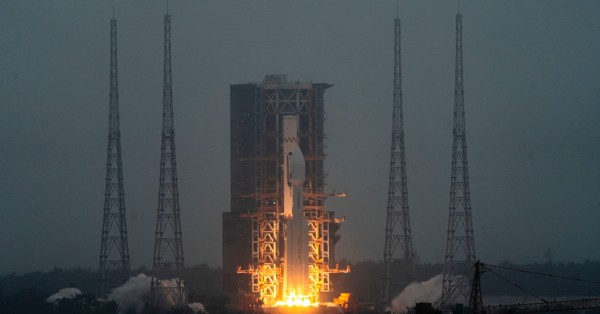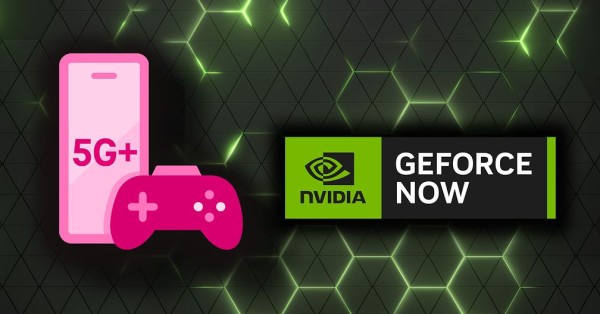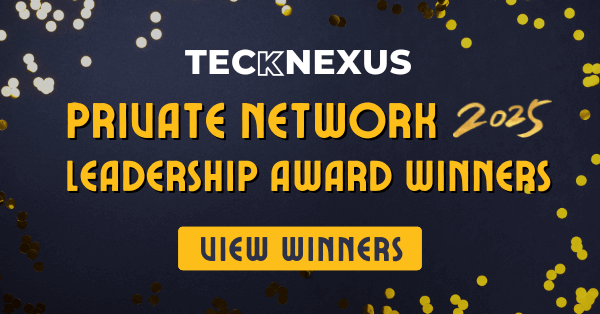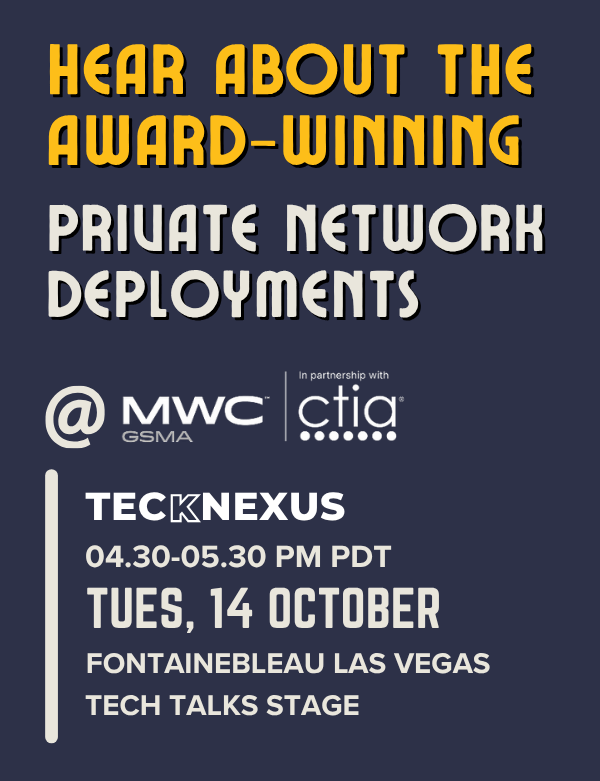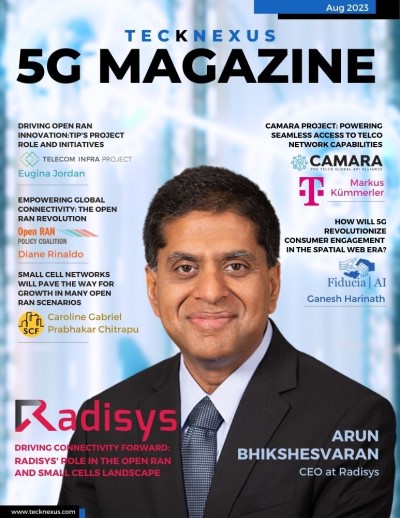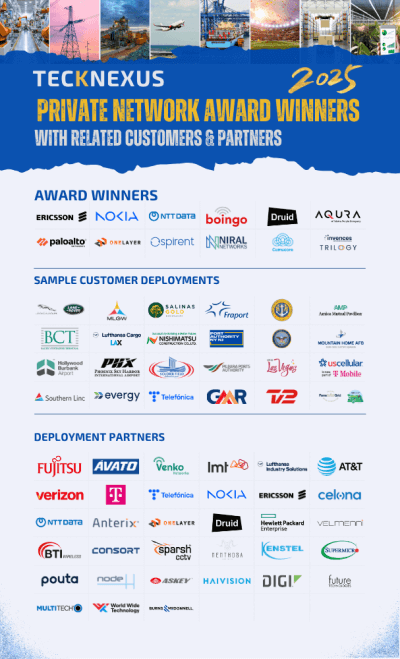- Tech News & Insight
- September 11, 2025
- Hema Kadia
The launch includes a hardened 5G smartphone and a portable, secure radio platform built to form and extend tactical networks in austere environments. The Mission-Safe Phone and the upgraded Banshee 5G Tactical Radio signal that 3GPP-based private wireless is mature enough for deployed operations, not just demonstrations. The Banshee refresh integrates 5G connectivity into a rugged, portable “network in a box” designed for fast setup, hardening, and easy transport. By pairing a purpose-built handset with a ruggedized, rapidly deployable radio hub, Nokia is selling an interoperable stack instead of point products.


